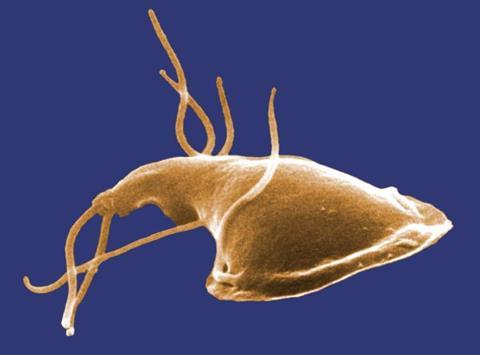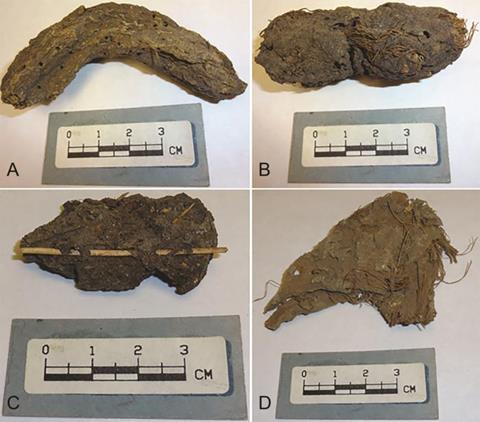DNA within dried feces dating from more than 1,000 years ago provides valuable insights into the pathogens that plagued ancient Mexican peoples, according to a study published October 22, 2025 in the open-access journal PLOS One by Drew Capone of Indiana University, U.S., and colleagues.

Ancient feces are a valuable source of information on the intestinal parasites of past populations. Microbial DNA is known to survive in stool samples, but analysis of ancient feces has historically been limited by the degradation of DNA over time. In this study, Capone and colleagues apply the most refined and sensitive fecal analysis techniques to ten samples of human feces from the Cave of the Dead Children (La Cueva de Los Muertos Chiquitos) in Mexico, dating between 1,100 and 1,300 years old.
READ MORE: 1,000-year-old gut microbiome revealed for young man who lived in pre-Hispanic Mexico
READ MORE: Uncovering the secrets of the mummy
The study identified genetic signatures of a diverse array of gut parasites. Many of these, including the protozoan Blastocystis and multiple strains of bacterial E. coli, have never before been detected in ancient feces. Some pathogens, including pinworm, were especially prevalent, being present in the majority of samples.
This study offers proof-of-concept for using state-of-the-art DNA analysis to identify intestinal parasites of past human populations. The fact that some of these pathogens are human-specific, including pinworm and Shigella, also supports these analyses as a method of distinguishing human feces from the waste of other species.
Gut parasites
The high prevalence of gut parasites in this sample might indicate that intestinal infections and poor sanitation were common among the Loma San Gabriel people who lived in the region at the time. However, the authors note that this is a limited study, analyzing only ten samples and targeting a restricted list of well-studied pathogens. Future research on larger samples will be able to provide a more complete assessment of the pathogens plaguing ancient cultures.

Joe Brown adds: “There is a lot of potential in the application of modern molecular methods to inform studies of the past. Highly sensitive and specific targeted assays can complement sequencing approaches when specific targets are of interest. We look forward to continuing this collaborative work to better understand the presence and movement of pathogens in ancient samples.”
Drew Capone adds: “Working with these ancient samples was like opening a biological time capsule, with each one revealing insight into human health and daily life from over a thousand years ago.”







No comments yet